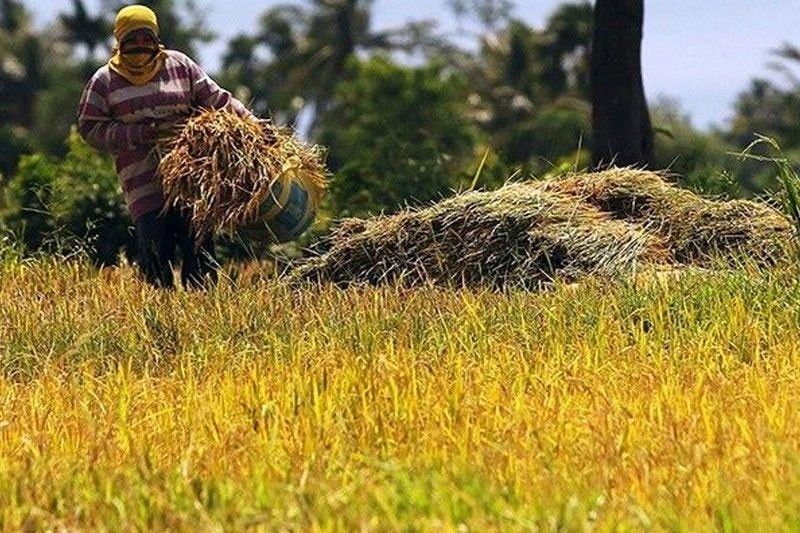Agriculture posts surprise growth in Q3, but typhoons likely foiled rally

MANILA, Philippines — Agricultural production recorded marginal gains in the third quarter, but a battery of typhoons in past months could crimp output and economic growth.
Data released by the Philippine Statistics Authority on Wednesday showed farm output, at constant 2018 prices, inched up 1.8% year-on-year from July to September. The figure snapped two consecutive quarters of contraction, bringing the year-to-date average to 0.3%.
Historically, agriculture accounts for 10% of the country’s GDP employs about a quarter of Filipino workers. But despite its important role to the economy, the farm sector has been left behind by other industries while agriculture workers live in abject poverty.
President Ferdinand “Bongbong” Marcos Jr., who has taken the agriculture portfolio, is hoping that the sector would finally perform and contribute to economic growth. His economic managers are banking on agriculture to grow “by about 2-3%”, an ambition that, analysts said, might not be feasible for the government as strong typhoons smash the country every year while the Russia-Ukraine war pushes up the prices of fertilizers.
Leonardo Lanzona, an economist at Ateneo De Manila University, said the quarterly increase masks a problem that the Marcos Jr. administration needs to address.
“This increase is not enough to cover the declines in the previous quarters. This also happened during much of the harvesting period in rice. The recent storms have caused enough damage to reduce growth in the coming months,” he said.
READ: 'Karding' to push inflation and rice prices up, crimp economy's growth
'Let LGUs develop agri'
Crop production, which accounts for more than half of farm output, rose 1.8% on-year in the third quarter. The production of palay (unhusked rice) and corn managed to squeeze 1% and 2.5% growth rates, respectively, despite typhoons that hit parts of the country during the period.
Meanwhile, the fisheries subsector reeled from another period of decline, as production slumped 4.2% on-year. Data showed alarming annual double-digit drops in alimango (mudcrab) (32.5%), alimasag (blue crab) (29.4%), alumahan (Indian mackerel) (20.7%), sugpo (tiger prawn) (20.5%), tamban (Bali sardinella) (17.2%), lapu-lapu (grouper) (14.2%) and bangus (milkfish) (10.9%).
Likewise, tilapia, matangbaka (big-eyed scad), sapsap (slipmouth), galunggong (roundscad) and tulingan (frigate tuna) saw production narrow by single digit in the third quarter.
Data also showed livestock production improved 4% year-on-year. Hog production, which struggled in the past two years owing to the African swine fever outbreak, grew 4.5% on an annual basis.
Poultry production advanced 6.4% year-on-year. Most poultry products reported gains in the same period except for duck, which continued five straight quarters of decline at 12.1% on-year.
“It is necessary for the government to allow local government units to decide how agriculture should develop,” Lanzona said.
“Decentralization of economic activities including agriculture to local government units should be enforced in light of the Mandanas ruling. Local officials should know best what is good for their respective economies given their resources and state of technology,” he added.
- Latest
- Trending





























